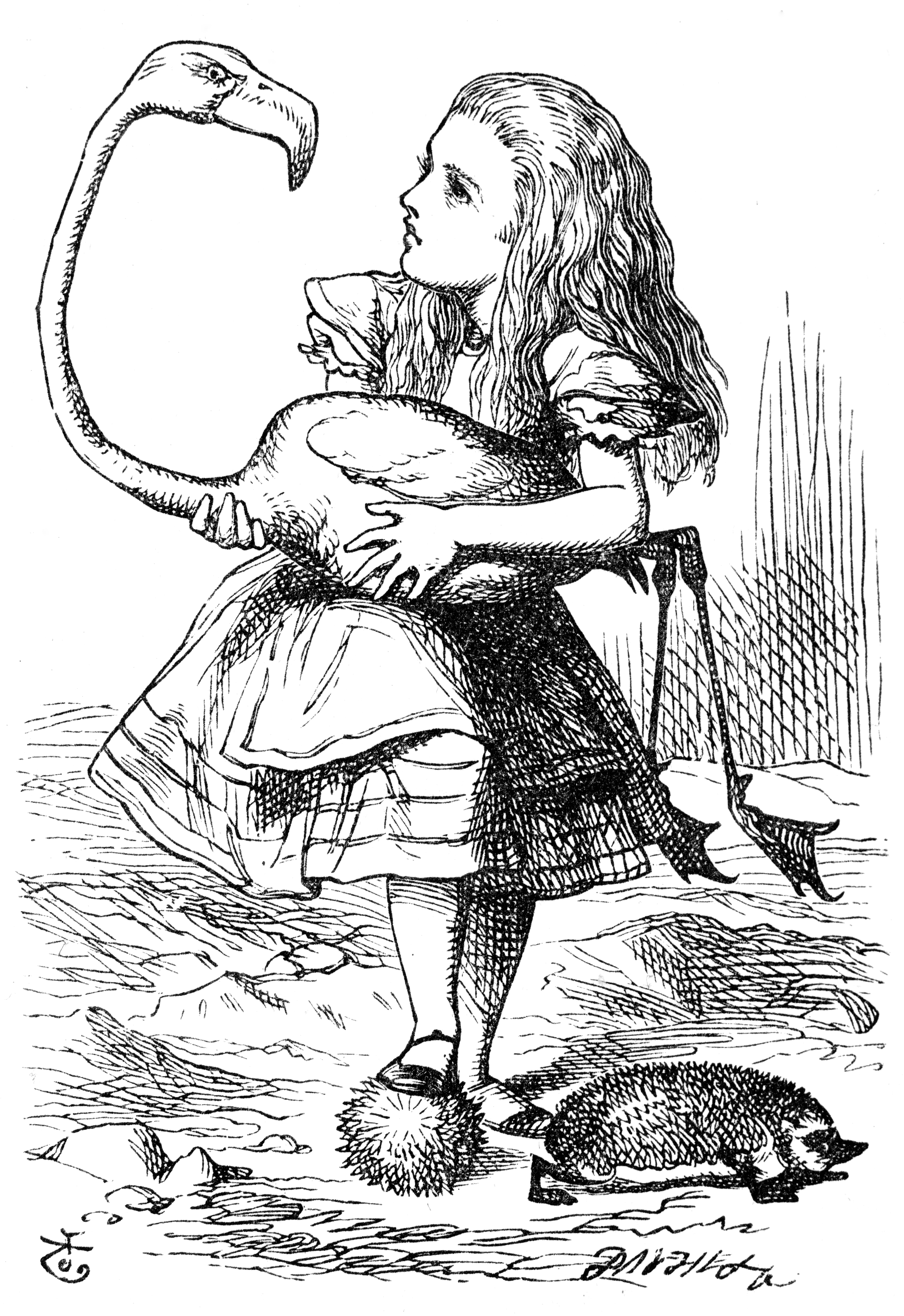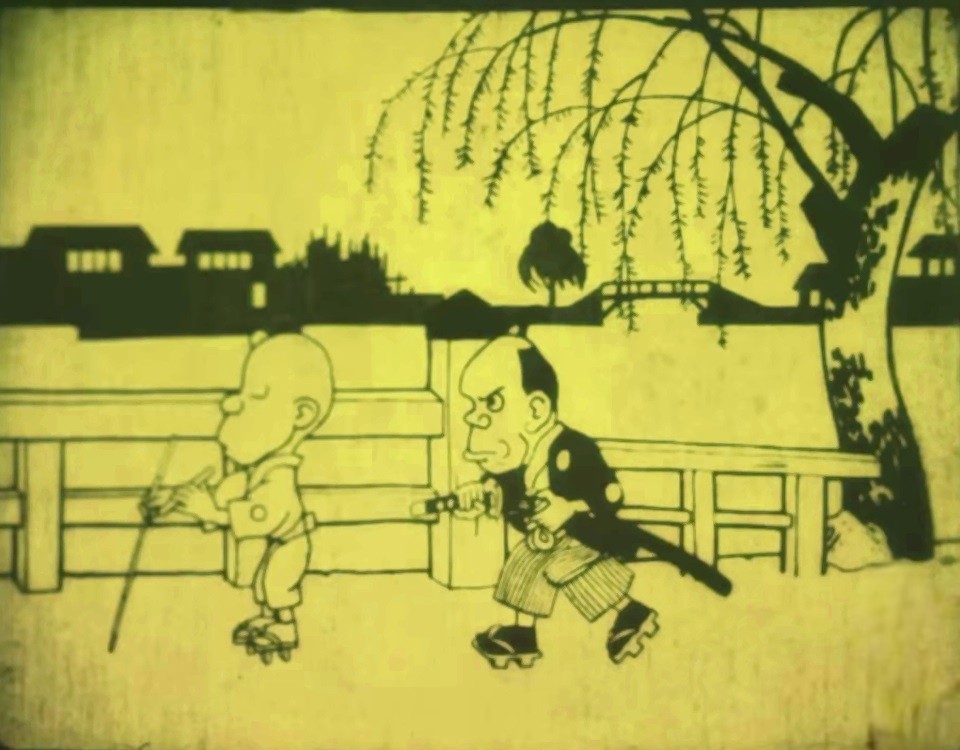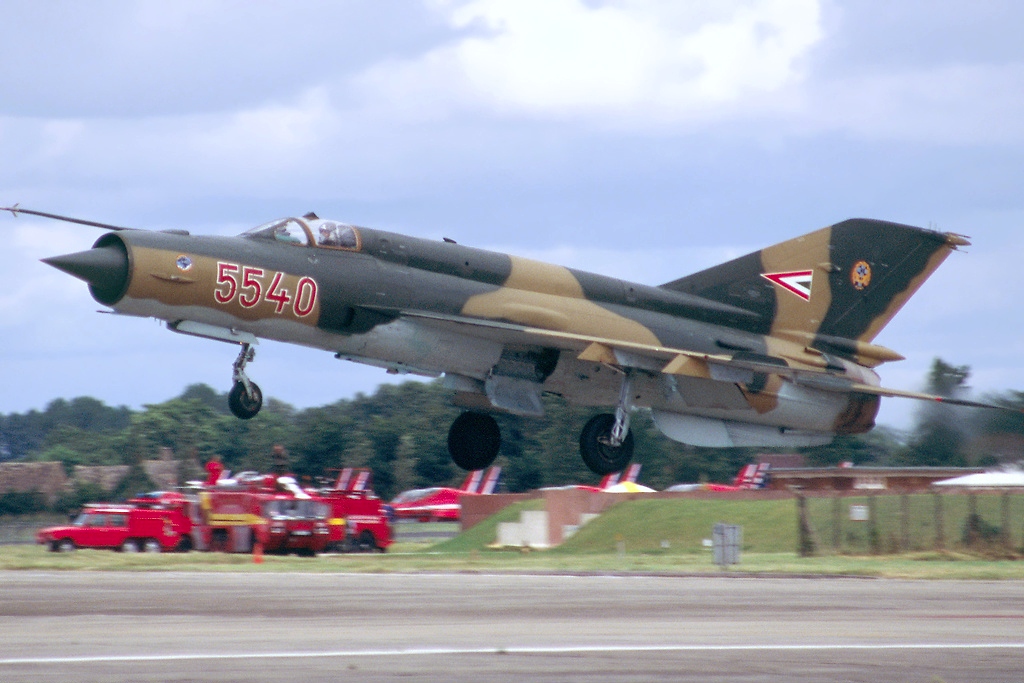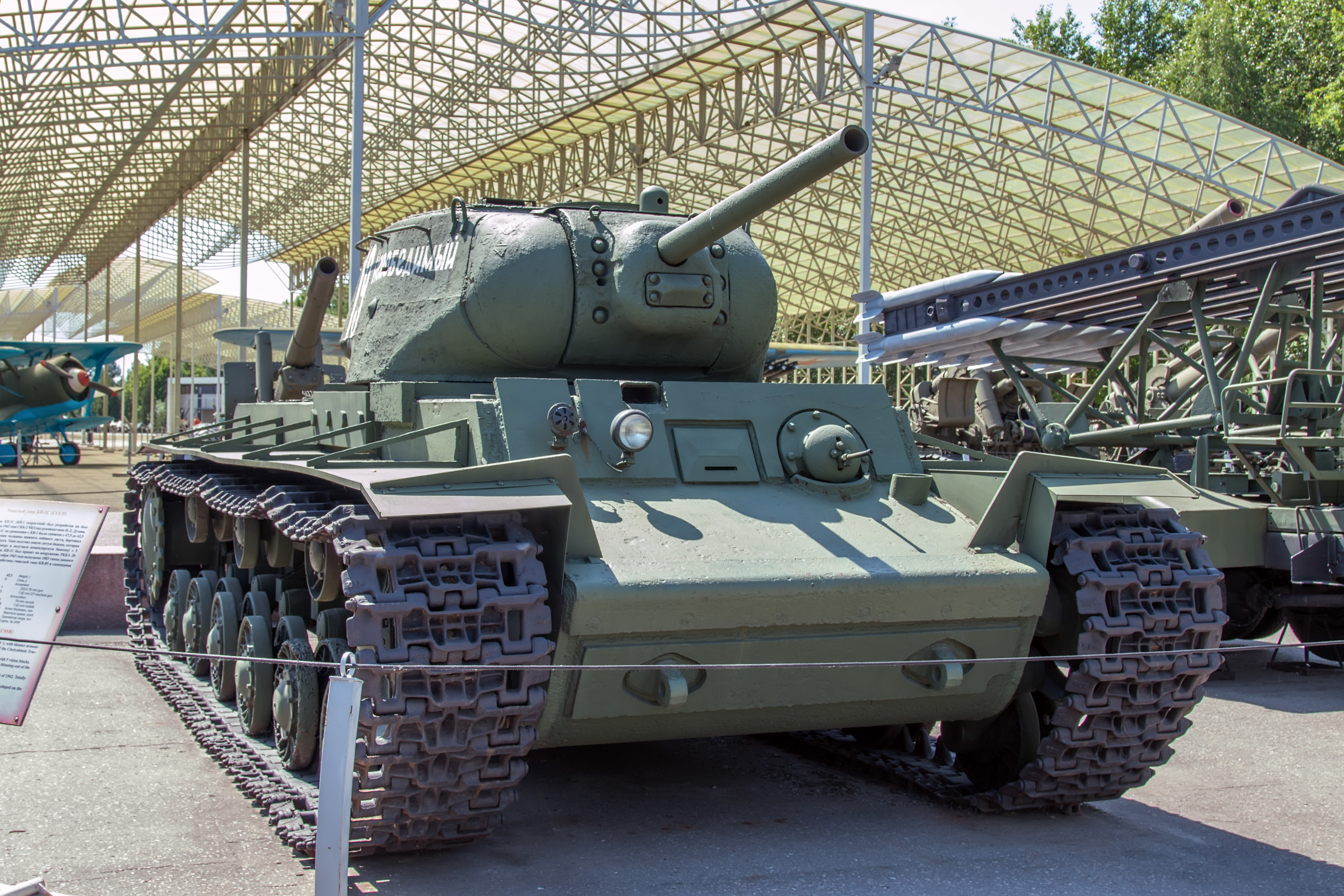|
Usavich
is a series of animated short films originally created for MTV's Japanese mobile service "Flux" and still being created for MTV Japan by Satoshi Tomioka and his studio Kanaban Graphics since 2006. It is about an odd pair of rabbits imprisoned in a Soviet Gulag in 1959. The first season shows the absurd everyday occurrences of the two rabbits' prison life, and the subsequent seasons show the two rabbits' life on the run from law enforcement. So far there are six seasons revealed. Setting The episodes are quite musical. Most every action has a sound associated with it and most episodes in the first season begin with a quiet jazzy beat accompanied by the rhythmic squeaking noises of Putin dancing Kozachok on his bed. Each episode usually ends with the punchline accompanied by the chorale '' Jesus bleibet meine Freude'' from J.S. Bach's cantata ''Herz und Mund und Tat und Leben, BWV 147''. The animation style is a clean, rather sparse, linear style with broad swatches of color. Th ... [...More Info...] [...Related Items...] OR: [Wikipedia] [Google] [Baidu] |
Kanaban Graphics
is a Japanese animation company who has created content for MTV Japan. Works * Hal & Bons (2002) * Usavich is a series of animated short films originally created for MTV's Japanese mobile service "Flux" and still being created for MTV Japan by Satoshi Tomioka and his studio Kanaban Graphics since 2006. It is about an odd pair of rabbits imprisoned i ... (2006) * New Hal & Bons (2006) * Petite Eva (2007) * Yan Yan Machiko (2009) * Usavich Zero (2015) * Inazma Delivery (2017) * Bromance (2017 possibly) Worked with Ubisoft References External links Kanaban Graphicswebsite Japanese animation studios {{anime-org-stub ... [...More Info...] [...Related Items...] OR: [Wikipedia] [Google] [Baidu] |
MTV Japan
MTV Japan (Music Television Japan) is the Japanese version of the cable television network based in Japan. It is a subsidiary of Paramount Networks Japan K.K., and was launched on November 15, 1993. It can be viewed on cable television, SKY PerfecTV!, SKY PerfecTV! e2 and IPTV. History MTV originally was a music block on Asahi Broadcasting Corporation from 1984 to 1988. Then it became a block on Tokyo Broadcasting System from 1989 to 1992. In 1992, Music Channel, Inc. acquired a license from Viacom to broadcast with the MTV name. Broadcast began on CS Analog and Skyport services, with PerfecTV! accessed added in 1996 and DirecTV access added in 1997. Notable VJs from that time include Marc Panther and Ken Lloyd. In 1998, Music Channel canceled their license with Viacom because of the high license fee required. Consequently, from 1999 the station changed its name to Vibe and shifted its content focus from Western music to domestic music products. Without the MTV brand nam ... [...More Info...] [...Related Items...] OR: [Wikipedia] [Google] [Baidu] |
Patronymic
A patronymic, or patronym, is a component of a personal name based on the given name of one's father, grandfather (avonymic), or an earlier male ancestor. Patronymics are still in use, including mandatory use, in many countries worldwide, although their use has largely been replaced by or transformed into patronymic surnames. Examples of such transformations include common English surnames such as Johnson (son of John). Origins of terms The usual noun and adjective in English is ''patronymic'', but as a noun this exists in free variation alongside ''patronym''. The first part of the word ''patronym'' comes from Greek πατήρ ''patēr'' "father" ( GEN πατρός ''patros'' whence the combining form πατρο- ''patro''-); the second part comes from Greek ὄνυμα ''onyma'', a variant form of ὄνομα ''onoma'' "name". In the form ''patronymic'', this stands with the addition of the suffix -ικός (''-ikos''), which was originally used to form adjectives with t ... [...More Info...] [...Related Items...] OR: [Wikipedia] [Google] [Baidu] |
Moskvitch 407
The Moskvitch 402 is a compact car manufactured by the former Soviet automobile maker MZMA, first time introduced in 1956 as a second generation of the Moskvitch series. In comparison with its predecessor, the Moskvitch-401, the M-402 model featured many improvements which included independent suspension with double wishbones, telescopic shock absorbers, 12-volt electrics, more solid and comfortable car body, more modern trunk, heater, standard car radio, wider viewing range for the driver, etc. Design The styling of the Moskvitch-402 followed the fashion set by similar-sized cars of its time such as the Hillman Minx, FIAT 1100, Ford Prefect 100E, Jowett Javelin, and Ford Consul Mk1,Thompson, Andy. ''Cars of the Soviet Union'' (Haynes Publishing, Somerset, UK, 2008), p. 81. as well as by the larger GAZ-21 Volga, whose designers took part in the creation of this car. The M-402 was the first Moskvitch designed in the Soviet Union and not based on any foreign model. It utilized a ... [...More Info...] [...Related Items...] OR: [Wikipedia] [Google] [Baidu] |
Fictional Rabbits And Hares
Fiction is any creative work, chiefly any narrative work, portraying individuals, events, or places that are imaginary, or in ways that are imaginary. Fictional portrayals are thus inconsistent with history, fact, or plausibility. In a traditional narrow sense, "fiction" refers to written narratives in prose often referring specifically to novels, novellas, and short stories. More broadly, however, fiction encompasses imaginary narratives expressed in any medium, including not just writings but also live theatrical performances, films, television programs, radio dramas, comics, role-playing games, and video games. Definition Typically, the fictionality of a work is publicly marketed and so the audience expects the work to deviate in some ways from the real world rather than presenting, for instance, only factually accurate portrayals or characters who are actual people. Because fiction is generally understood to not fully adhere to the real world, the themes and con ... [...More Info...] [...Related Items...] OR: [Wikipedia] [Google] [Baidu] |
Computer-animated Television Series
Computer animation is the process used for digitally generating animations. The more general term computer-generated imagery (CGI) encompasses both static scenes ( still images) and dynamic images ( moving images), while computer animation refers to moving images. Modern computer animation usually uses 3D computer graphics to generate a three-dimensional picture. The target of the animation is sometimes the computer itself, while other times it is film. Computer animation is essentially a digital successor to stop motion techniques, but using 3D models, and traditional animation techniques using frame-by-frame animation of 2D illustrations. Computer-generated animations can also allow a single graphic artist to produce such content without the use of actors, expensive set pieces, or props. To create the illusion of movement, an image is displayed on the computer monitor and repeatedly replaced by a new image that is similar to it but advanced slightly in time (usually at a r ... [...More Info...] [...Related Items...] OR: [Wikipedia] [Google] [Baidu] |
Anime Series
is hand-drawn and computer-generated animation originating from Japan. Outside of Japan and in English, ''anime'' refers specifically to animation produced in Japan. However, in Japan and in Japanese, (a term derived from a shortening of the English word ''animation'') describes all animated works, regardless of style or origin. Animation produced outside of Japan with similar style to Japanese animation is commonly referred to as anime-influenced animation. The earliest commercial Japanese animations date to 1917. A characteristic art style emerged in the 1960s with the works of cartoonist Osamu Tezuka and spread in following decades, developing a large domestic audience. Anime is distributed theatrically, through television broadcasts, directly to home media, and over the Internet. In addition to original works, anime are often adaptations of Japanese comics (manga), light novels, or video games. It is classified into numerous genres targeting various broad and nic ... [...More Info...] [...Related Items...] OR: [Wikipedia] [Google] [Baidu] |
MiG-21 Fishbed
The Mikoyan-Gurevich MiG-21 (russian: Микоян и Гуревич МиГ-21; NATO reporting name: Fishbed) is a supersonic jet fighter and interceptor aircraft, designed by the Mikoyan-Gurevich Design Bureau in the Soviet Union. Its nicknames include: "balalaika", because its planform resembles the stringed musical instrument of the same name; "''Ołówek''", Polish for "pencil", due to the shape of its fuselage, and "''Én Bạc''", meaning "silver swallow", in Vietnamese. Approximately 60 countries across four continents have flown the MiG-21, and it still serves many nations six decades after its maiden flight. It set aviation records, becoming the most-produced supersonic jet aircraft in aviation history, the most-produced combat aircraft since the Korean War and, previously, the longest production run of any combat aircraft (now exceeded by both the McDonnell Douglas F-15 Eagle and General Dynamics F-16 Fighting Falcon). Development Origins The MiG-21 jet fight ... [...More Info...] [...Related Items...] OR: [Wikipedia] [Google] [Baidu] |
Heavy Tank
Heavy tank is a term used to define a class of tanks produced from World War I through the end of the Cold War. These tanks generally sacrificed mobility and maneuverability for better armour protection and equal or greater firepower than tanks of lighter classes. Role Heavy tanks achieved their greatest, albeit limited, success when fighting lighter tanks and destroying fortifications. Heavy tanks often saw limited combat in their intended roles, instead becoming mobile pillboxes or defensive positions, such as the German Tiger designs, or the Russian KV designs Design Heavy tanks feature very heavy armor and weapons relative to lighter tanks. Many heavy tanks shared components from lighter tanks. For example, the M103 heavy tank shared many components with lighter Patton tanks, including transmission and engine. As a result, they tend to be either underpowered and comparatively slow, or have engine and drive train reliability issues. In case of an entirely new design de ... [...More Info...] [...Related Items...] OR: [Wikipedia] [Google] [Baidu] |
KV-1 (tank)
The Kliment Voroshilov (KV) tanks are a series of Soviet heavy tanks named after the Soviet defence commissar and politician Kliment Voroshilov who operated with the Red Army during World War II. The KV tanks were known for their heavy armour protection during the early stages of the war, especially during the first year of the German invasion of the Soviet Union. In certain situations, even a single KV-1 or KV-2 supported by infantry could halt German formations. The German ''Wehrmacht'' at that time rarely deployed its tanks against KVs, as their own armament was too poor to deal with the "''Russischer Koloss''" – "Russian Colossus". The KV tanks were practically immune to the 3.7 cm KwK 36 and howitzer-like, short-barreled 7.5 cm KwK 37 guns mounted, respectively, on the early Panzer III and Panzer IV tanks fielded by the invading German forces. Until the Germans developed more effective guns, the KV-1 was invulnerable to almost any German weapon except the 8.8 cm Flak gun. ... [...More Info...] [...Related Items...] OR: [Wikipedia] [Google] [Baidu] |
Armored Car (military)
A military armored (or armoured) car is a lightweight wheeled armored fighting vehicle, historically employed for reconnaissance, internal security, armed escort, and other subordinate battlefield tasks. With the gradual decline of mounted cavalry, armored cars were developed for carrying out duties used to be assigned to light cavalry. Following the invention of the tank, the armored car remained popular due to its faster speed, comparatively simplified maintenance and low production cost. It also found favor with several colonial armies as a cheaper weapon for use in underdeveloped regions. During World War II, most armored cars were engineered for reconnaissance and passive observation, while others were devoted to communications tasks. Some equipped with heavier armament could even substitute for tracked combat vehicles in favorable conditions—such as pursuit or flanking maneuvers during the North African Campaign. Since World War II the traditional functions of ... [...More Info...] [...Related Items...] OR: [Wikipedia] [Google] [Baidu] |
BA-20
The BA-20 (russian: Broneavtomobil 20, italic=yes) was an armored car developed in the Soviet Union in 1934. It was intended to replace the FAI and its field trials were completed in 1935. The BA-20 was then used in the early stages of World War II. Design and production The BA-20 armored car was developed in 1934 for use by HQ staffs, reconnaissance and communications units. It was derived from the civilian GAZ-M1 car using its chassis, which was itself a modified version of a Ford design, produced by the Nizhny Novgorod-based vehicle manufacturer GAZ. Full production of the BA-20 started in 1935. The chassis was built at the Nizhny Novgorod factory; the body was built at the Vyksinskiy plant, where final assembly of the BA-20 occurred as well. Service The principal use of the BA-20 was as a scout vehicle. The BA-20's tires were designed to be resistant to bullets and shrapnel by the simple expedient of filling them with spongey rubber. A variant, the BA-20ZhD, could trave ... [...More Info...] [...Related Items...] OR: [Wikipedia] [Google] [Baidu] |






.jpg)